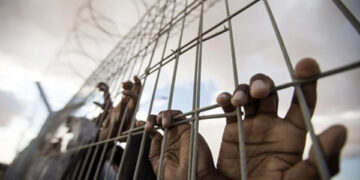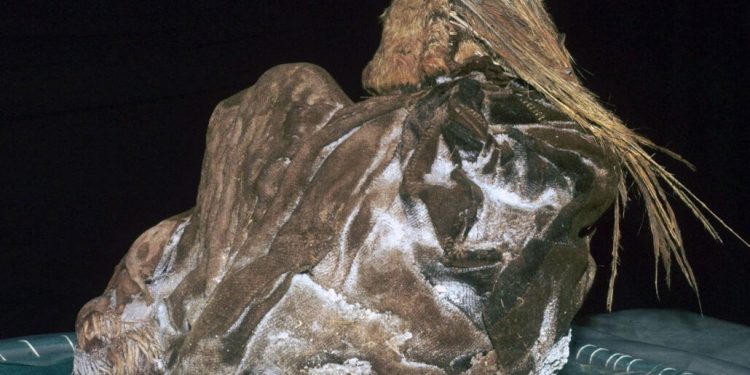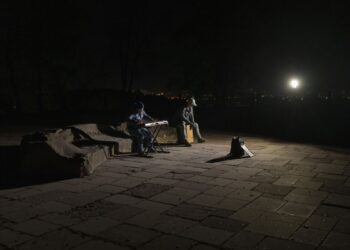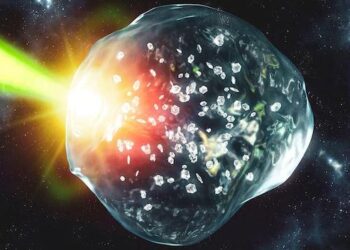Agencies-Gaza post
Special brew used to calm Inca children 500 years ago
More than 500 years ago, two Inca children destined for ritual sacrifice drank a particular calming potion that went undiscovered until now.
According to a recent study, those young victims, most likely a girl and a boy aged 4 to 8, consumed a beverage that may have brightened their emotions and eased their tensions in the days or weeks leading up to their ritual killing and burial on Peru’s Ampato mountain.
According to bioarchaeologist Dagmara Socha of the University of Warsaw in Poland and her colleagues (SN: 5/6/19), the adolescents’ bodies contained chemical remains from one of the primary elements of ayahuasca, a liquid concoction known for its psychedelic effects. Hair from the girl’s naturally mummified body and fingernails from the boy’s partially mummified body were studied.
While no molecular signs of ayahuasca’s strong hallucinogens appeared in those remains, the team did find traces of harmine and harmaline, chemical products of Banisteriopsis caapi vines, Socha’s group reports in the June Journal of Archaeological Science: Reports. In ayahuasca, B. caapi amplifies the strength of other more hallucinogenic ingredients.
Recent investigations with rodents suggest that solutions containing harmine affect the brain much like some antidepressant drugs do. “This is the first [evidence] that B. caapi could have been used in the past for its antidepressant properties,” Socha says.
While research on whether harmine can lessen depression or anxiety in people is in its infancy, archaeologist Christine VanPool of the University of Missouri, Columbia, thinks it’s possible that the ingredient was used on purpose. Spanish documents written after the fall of the Inca empire say that alcohol was used to calm those about to be sacrificed, so other brews may have been used too, speculates VanPool, who was not part of Socha’s team.
“I tentatively say yes, the Inca understood that B. caapi reduced anxiety in sacrificial victims,” she says.
Spanish chroniclers may have mistakenly assumed that Inca sacrifice victims drank a popular corn beer known as chicha rather than a B. caapi beverage, Socha suspects. No evidence of alcohol appeared in molecular analyses of the Ampato mountain children. But alcohol consumed just before being sacrificed would have gone undetected in the researchers’ tests.
Trace evidence did also indicate that both children had chewed coca leaves in the weeks leading up to their deaths. Spanish written accounts described the widespread use of coca leaves during Inca rites of passage. Those events included ritual sacrifices of children and young women, who were believed to become envoys to various local gods after death.























